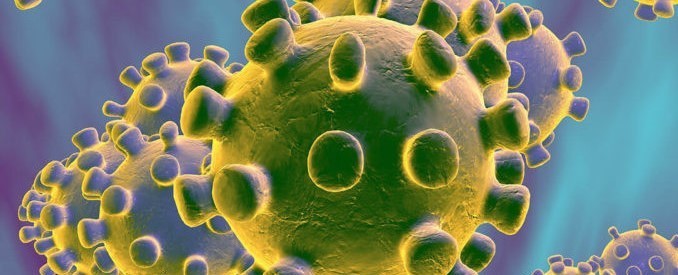Explaining coronavirus (5): Is it safe to receive a package from COVID-19 affected area?

The novel coronavirus, or COVID-19, is spreading in countries across the word, including in the East African region.
Many Sudanese and South Sudanese do not know how contagious the new coronavirus is.
This piece aims at explaining World Health Organization (WHO) guides on how to protect yourself and others from the virus.
In our previous section we explained the incubation period for COVID-19 and how long does the virus survive on surfaces. Today we look at the new section which is about the likelihood of an infected person contaminating commercial goods and what to do in case you have fever, cough and difficulty breathing.
Is it safe to receive a package from any area where COVID-19 has been reported?
Yes. The likelihood of an infected person contaminating commercial goods is low and the risk of catching the virus that causes COVID-19 from a package that has been moved, travelled, and exposed to different conditions and temperature is also low.
Is there anything I should not do?
The following measures ARE NOT effective against COVID-2019 and can be harmful:
-Smoking
-Wearing multiple masks
-Taking antibiotics
In any case, if you have fever, cough and difficulty breathing seek medical care early to reduce the risk of developing a more severe infection and be sure to share your recent travel history with your health care provider.
Is the source of the coronavirus causing COVID-19 known?
Currently, the source of SARS-CoV-2, the coronavirus (CoV) causing COVID-19 is unknown. All available evidence suggests that SARS-CoV-2 has a natural animal origin and is not a constructed virus. SARS-CoV-2 virus most probably has its ecological reservoir in bats. SARS-CoV-2, belongs to a group of genetically related viruses, which also include SARS-CoV and a number of other CoVs isolated from bats populations. MERS-CoV also belongs to this group, but is less closely related.
Is COVID-19 airborne?
The virus that causes COVID-19 is mainly transmitted through droplets generated when an infected person coughs, sneezes, or speaks. These droplets are too heavy to hang in the air. They quickly fall on floors or surfaces.
You can be infected by breathing in the virus if you are within 1 metre of a person who has COVID-19, or by touching a contaminated surface and then touching your eyes, nose or mouth before washing your hands.